Home>Articles>How Cold Does A Salad Bar Or Refrigerator Have To Be To Keep Food Safe
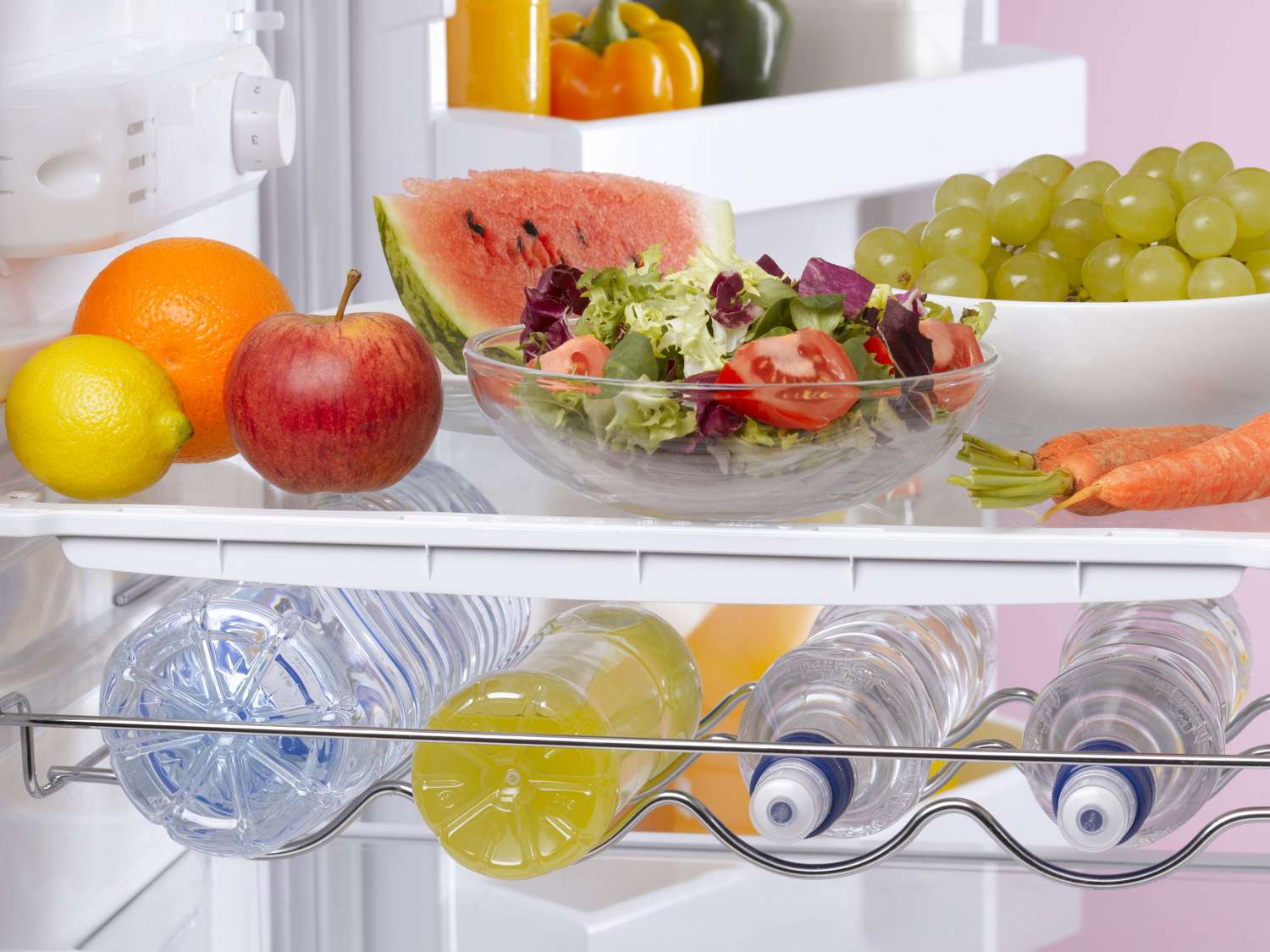

Articles
How Cold Does A Salad Bar Or Refrigerator Have To Be To Keep Food Safe
Modified: January 6, 2024
Looking for articles on keeping food safe in salad bars and refrigerators? Learn the optimal temperature range to ensure food freshness and safety.
(Many of the links in this article redirect to a specific reviewed product. Your purchase of these products through affiliate links helps to generate commission for Storables.com, at no extra cost. Learn more)
Introduction
Welcome to the world of salad bars and refrigerators! These essential appliances play a crucial role in keeping our food fresh and safe. But have you ever wondered how cold they need to be to maintain food safety? In this article, we will explore the temperature requirements for salad bars and refrigerators and provide you with some helpful tips to ensure that your food stays safe and delicious.
Temperature control is a fundamental aspect of food safety. Keeping food at the proper temperature is critical to preventing the growth of harmful bacteria and other pathogens that can cause foodborne illnesses. So, let’s dive deeper into the ideal temperatures for salad bars and refrigerators, and how to maintain them.
Key Takeaways:
- Proper temperature control is essential for food safety in salad bars and refrigerators. Maintaining temperatures below 40°F inhibits bacterial growth, prevents food spoilage, and ensures safe, delicious meals for customers.
- Regular temperature monitoring is crucial for preventing foodborne illnesses, complying with regulations, and maintaining customer trust. By prioritizing temperature control, businesses can safeguard food quality and customer satisfaction.
Temperature Requirements for Food Safety
When it comes to food safety, temperature control is of utmost importance. The temperature at which food is stored can significantly impact its freshness and safety. To understand the temperature requirements for food safety, we must first explore the concept of the “danger zone.”
The danger zone refers to the temperature range in which bacteria multiply most rapidly, typically between 40°F (4°C) and 140°F (60°C). Within this temperature range, bacteria can double in number every 20 minutes, posing a significant risk of foodborne illness.
To prevent bacterial growth and ensure food safety, it is crucial to keep perishable foods, such as salads, fruits, vegetables, and meats, consistently below 40°F (4°C). Refrigeration slows down the growth of bacteria and helps preserve the freshness and quality of food.
On the other hand, maintaining food at temperatures below freezing point (-0.4°F or -18°C) is necessary for long-term storage. Freezing halts bacterial growth and extends the shelf life of many foods, making it an effective method for preserving food.
Now that we understand the importance of temperature control let’s take a closer look at the specific temperature requirements for salad bars and general food storage in refrigerators.
Understanding the Danger Zone
The “danger zone” is a term commonly used in the food industry to refer to the temperature range in which bacteria can grow rapidly, increasing the risk of foodborne illnesses. The danger zone typically spans from 40°F (4°C) to 140°F (60°C). Within this range, bacteria can multiply at an alarming rate, doubling in number every 20 minutes.
When food is left in the danger zone for an extended period, it becomes a breeding ground for bacteria, leading to food spoilage and potential health hazards. Consuming food that has been exposed to the danger zone can result in food poisoning, which can cause symptoms such as nausea, vomiting, diarrhea, and abdominal cramps.
Therefore, it is crucial to ensure that perishable foods, especially those commonly found in salad bars, are not left in the danger zone for longer than necessary. Proper temperature control is key to preventing the growth of harmful bacteria and keeping our food safe to consume.
It’s important to note that the danger zone applies not only to the storage of food but also to the serving and holding of food in buffet-style settings like salad bars. Salad bars that are not properly chilled can potentially put the food in the danger zone and compromise its safety.
By understanding the concept of the danger zone and its implications, we can take the necessary precautions to protect ourselves and our customers from foodborne illnesses. Let’s explore the recommended refrigerator temperatures for salad bars and general food storage to ensure food safety.
Safe Refrigerator Temperature for Salad Bars
Salad bars are a popular choice for anyone looking for a variety of fresh and healthy options. However, maintaining the right temperature in salad bar refrigerators is crucial to prevent the growth of bacteria and keep the food safe for consumption.
The recommended refrigeration temperature for salad bars is below 40°F (4°C). This temperature ensures that perishable items like leafy greens, fresh fruits, vegetables, and any prepared salads remain chilled and safe to eat.
Properly chilling the salad bar not only inhibits bacterial growth but also helps maintain the crispness, flavor, and quality of the ingredients. It is important to note that the temperature may need to be adjusted based on factors such as the surrounding environment, the amount of food being stored, and the frequency of replenishment.
To achieve and maintain the safe refrigerator temperature for salad bars, here are a few tips:
- Ensure that the salad bar refrigerator is equipped with a reliable thermometer to monitor the internal temperature accurately.
- Regularly calibrate and check the accuracy of the refrigerator thermometer to ensure its reliability.
- Position the thermometer in the warmest area of the salad bar refrigerator to provide an accurate reading.
- Avoid overstocking the salad bar refrigerator, as overcrowding can hinder proper air circulation and compromise food safety.
- Regularly check and clean the refrigerator coils, vents, and condenser to ensure optimal performance and temperature control.
- Train staff on the importance of proper temperature control and the procedures to monitor and adjust the refrigerator temperature.
- Consider using ice packs or cooling pads to help maintain the desired temperature, especially during busy periods.
- Monitor and record the refrigerator temperature at regular intervals to identify any fluctuations or abnormalities.
By following these guidelines and ensuring that the salad bar refrigerator is consistently kept at a safe temperature, you can keep your salads fresh, delicious, and free from harmful bacteria.
Safe Refrigerator Temperature for General Food Storage
In addition to salad bars, refrigerators are essential for storing a wide range of perishable foods to maintain their freshness and safety. Whether it’s dairy products, meats, leftovers, or other food items, following the proper refrigerator temperature guidelines is crucial to prevent bacterial growth and ensure food safety.
The ideal temperature for general food storage in a refrigerator is also below 40°F (4°C). This temperature inhibits the growth of bacteria and helps keep food safe for consumption. However, it’s essential to note that different types of foods may have specific temperature requirements.
Here are some general guidelines for safe refrigerator temperature and food storage:
- Set the refrigerator temperature to 40°F (4°C) or below using a reliable thermometer. Avoid setting it too low, as extremely cold temperatures can freeze certain food items and affect their quality.
- Divide and store different food items in designated areas within the refrigerator to prevent cross-contamination.
- Raw meat, poultry, and seafood should be stored in sealed containers on the lowest shelf or in a meat drawer to prevent drips or leaks from contaminating other foods.
- Dairy products, such as milk, cheese, and yogurt, should be stored on the upper shelves to maintain a consistent and colder temperature.
- Fruits and vegetables can be stored in the crisper drawers, which help maintain humidity levels and preserve freshness.
- Leftovers or cooked foods should be stored in airtight, labeled containers and consumed within 3-4 days.
- Monitor food expiration dates and dispose of any expired or spoiled items promptly to prevent the risk of foodborne illnesses.
- Regularly clean and sanitize the refrigerator to prevent the buildup of bacteria and odors.
By following these guidelines and maintaining a consistent refrigerator temperature below 40°F (4°C), you can ensure that your stored food remains safe, fresh, and free from contamination.
Tips for Ensuring Proper Temperature in Salad Bars and Refrigerators
Maintaining the proper temperature in salad bars and refrigerators is essential for food safety. Here are some helpful tips to ensure that your salad bars and refrigerators are consistently at the right temperature:
- Regular Temperature Monitoring: Use a reliable thermometer to monitor the temperature in salad bars and refrigerators. Check the temperature at regular intervals, and record the readings to identify any fluctuations or abnormalities.
- Calibrate Thermometers: Regularly calibrate and check the accuracy of the thermometers to ensure they are providing reliable temperature readings.
- Proper Placement of Thermometers: Position the thermometer in the warmest area of the salad bar or refrigerator to get an accurate representation of the overall temperature.
- Avoid Overstocking: Do not overcrowd the salad bar or refrigerator, as it can impede proper air circulation and temperature control. Allow sufficient space around the food items for optimal cooling.
- Clean and Maintain: Regularly clean the refrigerator coils, vents, and condenser to remove dust and debris, as they can affect the refrigerator’s performance and temperature control.
- Ensure Proper Door Sealing: Check the gaskets and seals on the refrigerator doors to ensure they are intact and creating an airtight seal. Damaged seals can allow cold air to escape, compromising the temperature within.
- Train Staff: Educate and train staff members on the importance of proper temperature control, monitoring procedures, and the necessary steps to adjust the refrigerator temperature if needed.
- Implement Cooling Aids: Consider using ice packs or cooling pads in salad bars or refrigerators during busy periods to help maintain the desired temperature.
- Regular Cleaning and Sanitization: Clean and sanitize the salad bar and refrigerator surfaces, shelves, and containers regularly to prevent bacterial growth and cross-contamination.
Following these tips will help ensure that your salad bars and refrigerators are operating at the appropriate temperature, minimizing the risk of bacterial growth and preserving the safety and quality of the stored food.
Importance of Regular Temperature Monitoring
Regular temperature monitoring is a critical aspect of maintaining food safety in salad bars and refrigerators. Here’s why it is important to monitor the temperature consistently:
1. Ensuring Food Safety
Monitoring the temperature allows you to ensure that perishable food items are kept at the proper temperature to prevent bacterial growth. By regularly monitoring the temperature, you can promptly identify any deviations that may compromise food safety and take appropriate action to prevent foodborne illnesses.
2. Preventing Spoilage
Maintaining the correct temperature helps prevent food spoilage. When the temperature in a salad bar or refrigerator rises above the recommended range, perishable items like fruits, vegetables, and meats can spoil quickly. Regular temperature monitoring allows you to detect and address any temperature fluctuations before they lead to food spoilage and waste.
Read more: Why Does A Salad Fork Have A Different Tine?
3. Avoiding Cross-Contamination
In salad bars and refrigerators, different food items are stored in close proximity. Monitoring the temperature helps prevent cross-contamination by ensuring that potentially hazardous foods, such as raw meats, do not come into contact with ready-to-eat items. Controlling the temperature in these storage areas reduces the risk of bacteria spreading from one food item to another.
4. Compliance with Regulations
Regular temperature monitoring helps maintain compliance with food safety regulations and guidelines. Health authorities often require food establishments to keep accurate records of temperature monitoring to demonstrate their commitment to food safety. By adhering to these regulations, you can provide assurance to customers and health inspectors that your establishment is taking the necessary steps to keep food safe.
5. Preventing Financial Loss
Temperature fluctuations in salad bars and refrigerators can result in spoilage, leading to financial loss for the business. Regular temperature monitoring helps detect any issues early on, allowing you to take corrective measures and prevent significant loss of perishable food items.
6. Maintaining Customer Trust
Consistently monitoring the temperature of salad bars and refrigerators demonstrates your commitment to serving safe and high-quality food. Customers appreciate establishments that prioritize food safety and are more likely to trust and return to your business when they know that their health is a top priority.
In summary, regular temperature monitoring is essential for ensuring food safety, preventing spoilage, avoiding cross-contamination, complying with regulations, preventing financial loss, and maintaining customer trust. By prioritizing temperature monitoring, you can safeguard the quality and safety of the food you serve to your customers.
Keep your salad bar or refrigerator at a temperature of 40°F (4°C) or below to ensure that perishable foods stay safe and fresh. Use a thermometer to regularly monitor the temperature and make adjustments as needed.
Conclusion
Maintaining the proper temperature in salad bars and refrigerators is crucial for food safety and the overall quality of the stored food. By understanding the temperature requirements and following the suggested guidelines, you can ensure that your food remains safe, fresh, and delicious.
Remember that the danger zone, ranging from 40°F (4°C) to 140°F (60°C), is where bacteria multiply rapidly. Keeping perishable foods consistently below 40°F (4°C) helps inhibit bacterial growth and minimize the risk of foodborne illnesses.
For salad bars, the recommended temperature is below 40°F (4°C) to keep fruits, vegetables, and prepared salads fresh and safe for consumption. Proper temperature monitoring, calibration of thermometers, and regular cleaning and maintenance contribute to maintaining the desired temperature consistently.
General food storage in refrigerators also requires a temperature below 40°F (4°C) to prevent bacterial growth. Proper organization, regular cleaning, and adherence to recommended storage methods for different food items all play a role in maintaining food safety and quality.
Regular temperature monitoring is essential to promptly detect any fluctuations or abnormalities. By monitoring and recording the temperature, you can take necessary actions to address any issues and prevent food spoilage, cross-contamination, and potential health hazards.
Following these guidelines, training staff, and implementing proper temperature control measures will ensure that your establishment complies with food safety regulations, maintains customer trust, and minimizes financial loss due to food spoilage.
Remember, proper temperature control not only keeps food safe but also helps preserve its fresh flavor and nutritional value. By prioritizing food safety and maintaining the right temperature in salad bars and refrigerators, you create a safer environment for both staff and customers, providing them with confidence in the quality of the food you serve.
So, let’s continue to keep our salad bars and refrigerators at the proper temperature, ensuring that every bite is not only delicious but also safe!
Frequently Asked Questions about How Cold Does A Salad Bar Or Refrigerator Have To Be To Keep Food Safe
Was this page helpful?
At Storables.com, we guarantee accurate and reliable information. Our content, validated by Expert Board Contributors, is crafted following stringent Editorial Policies. We're committed to providing you with well-researched, expert-backed insights for all your informational needs.

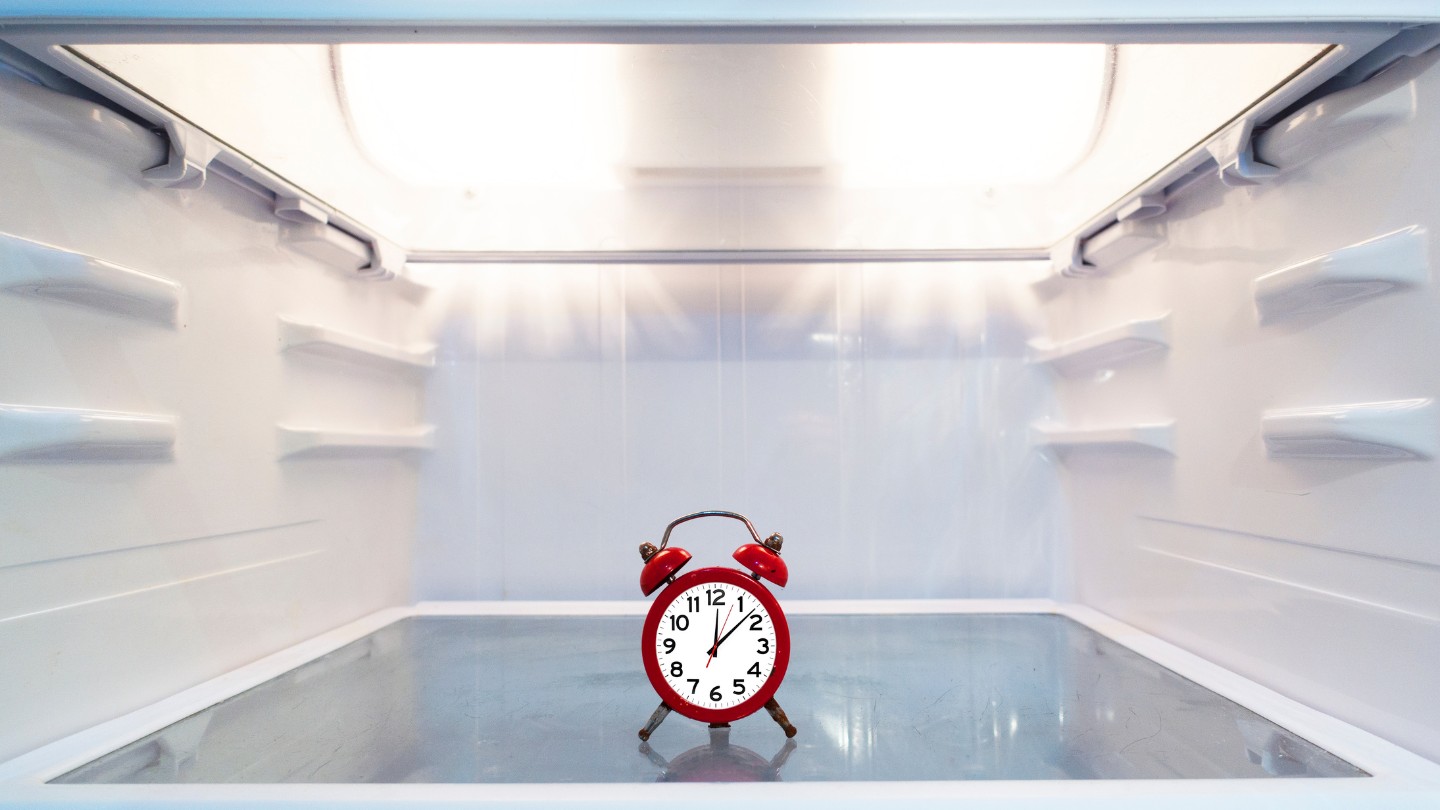
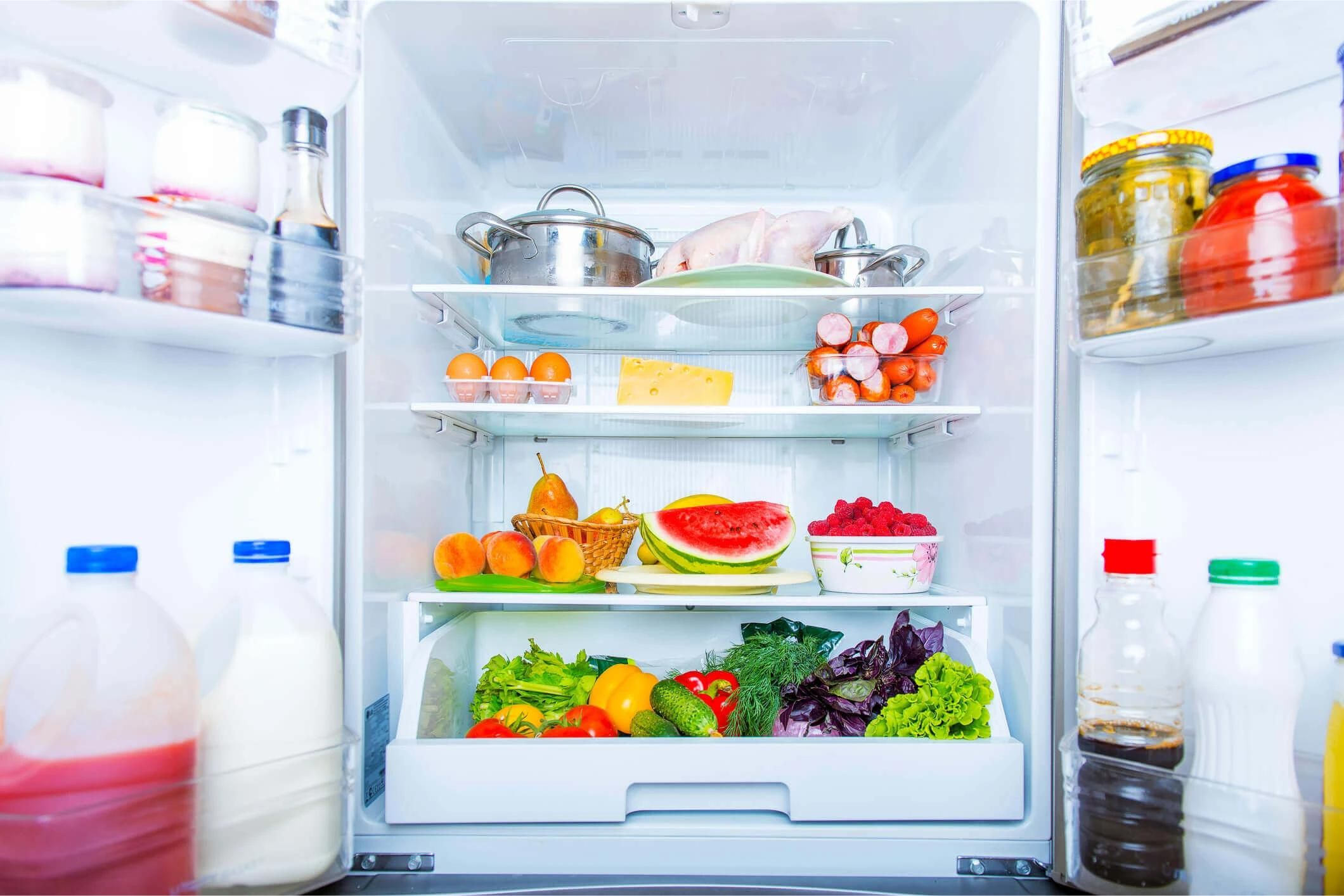
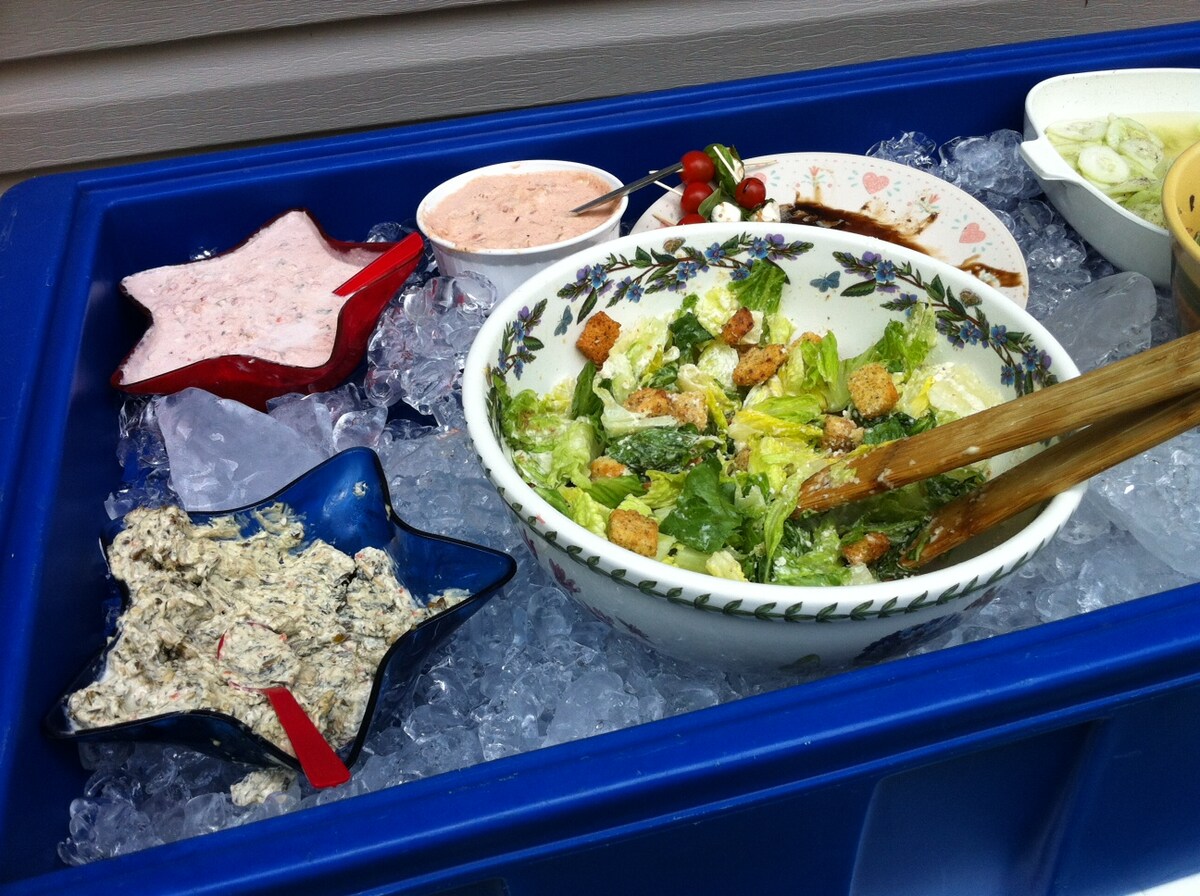
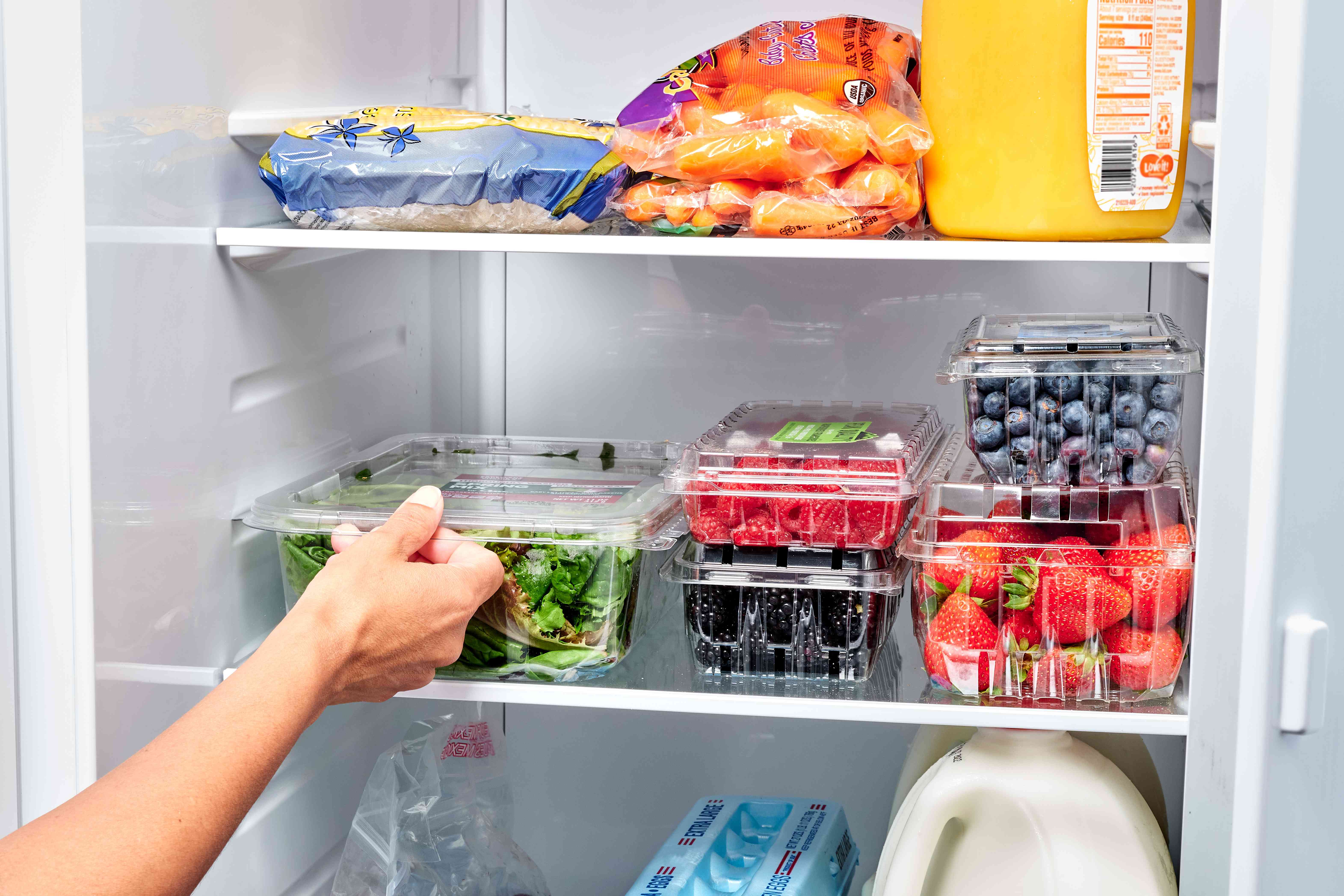
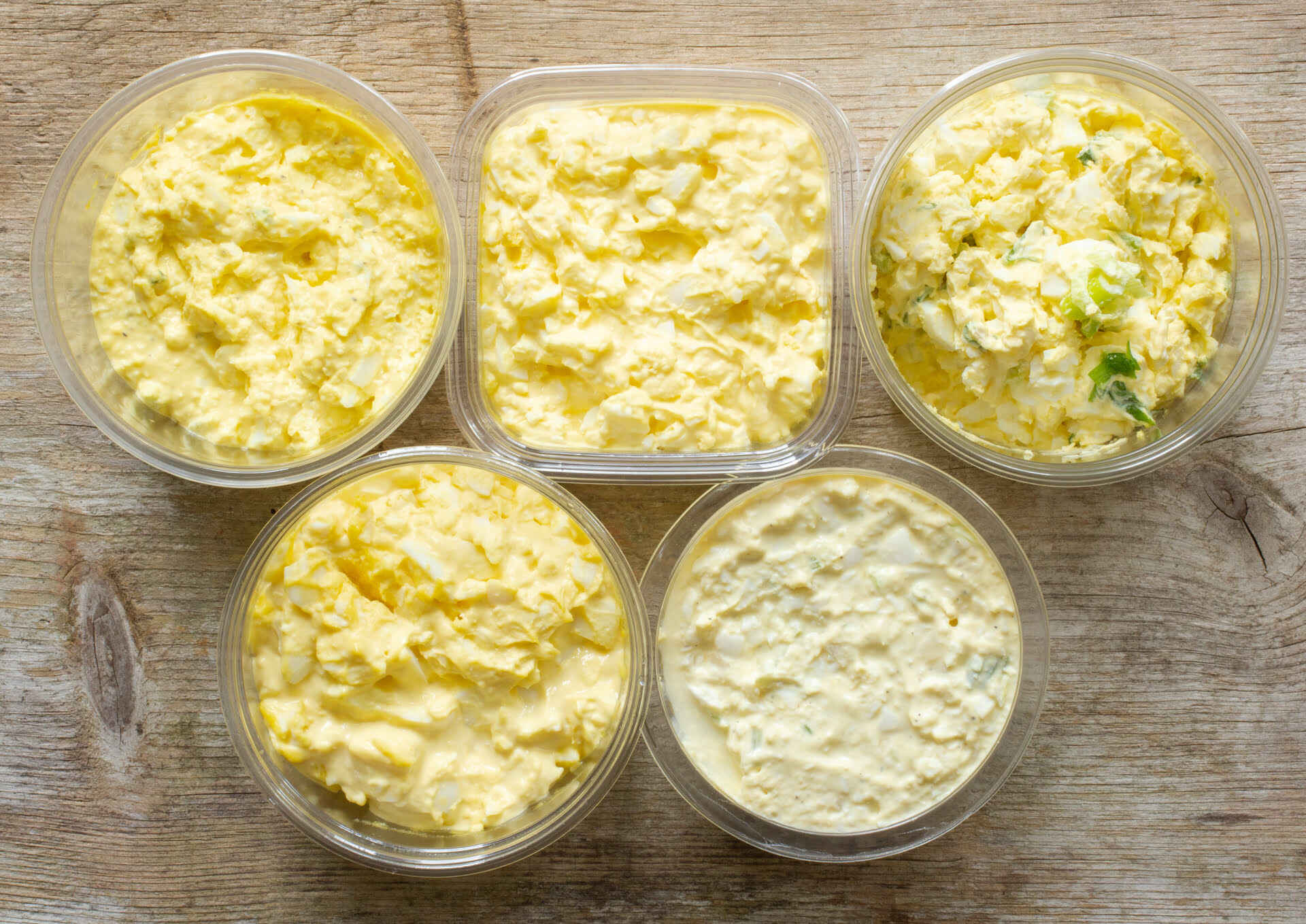
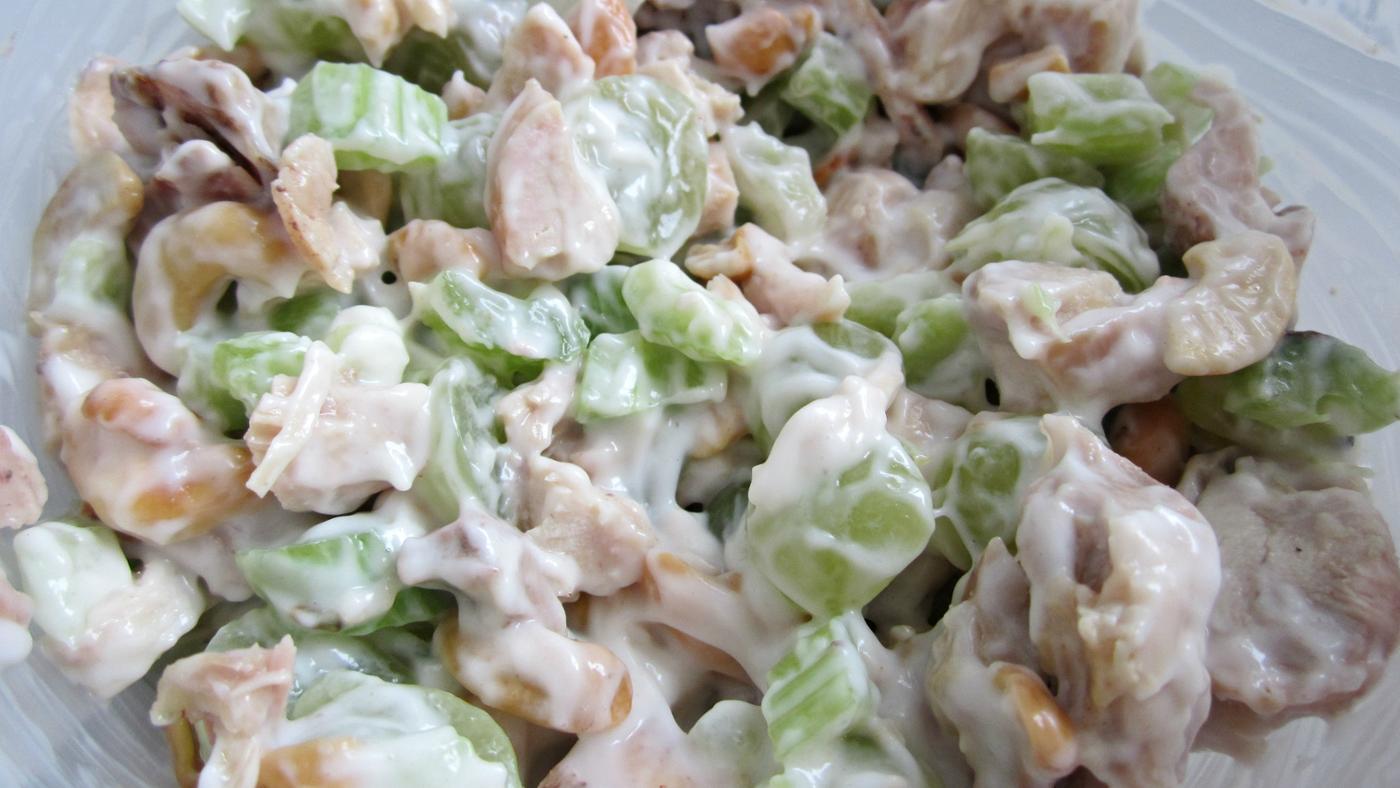
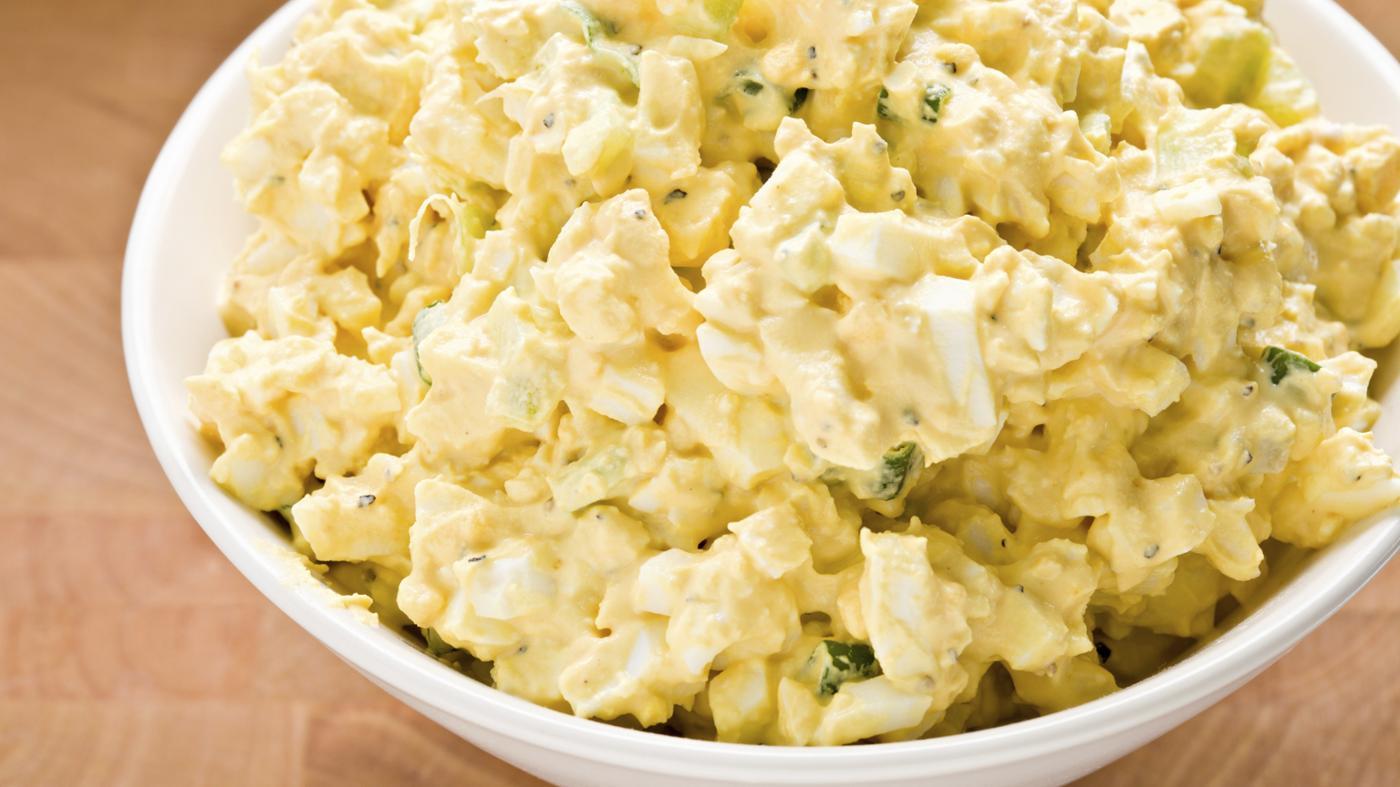
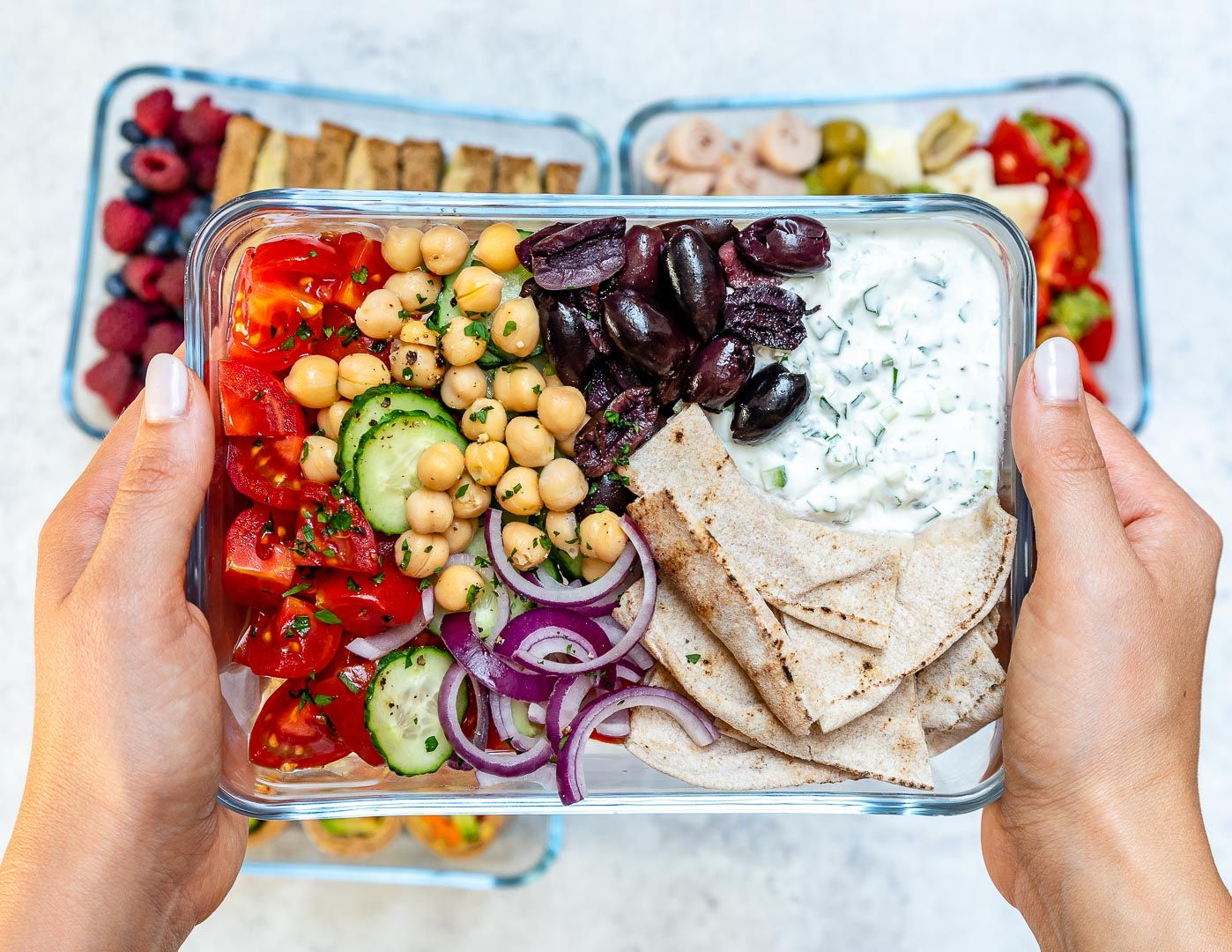
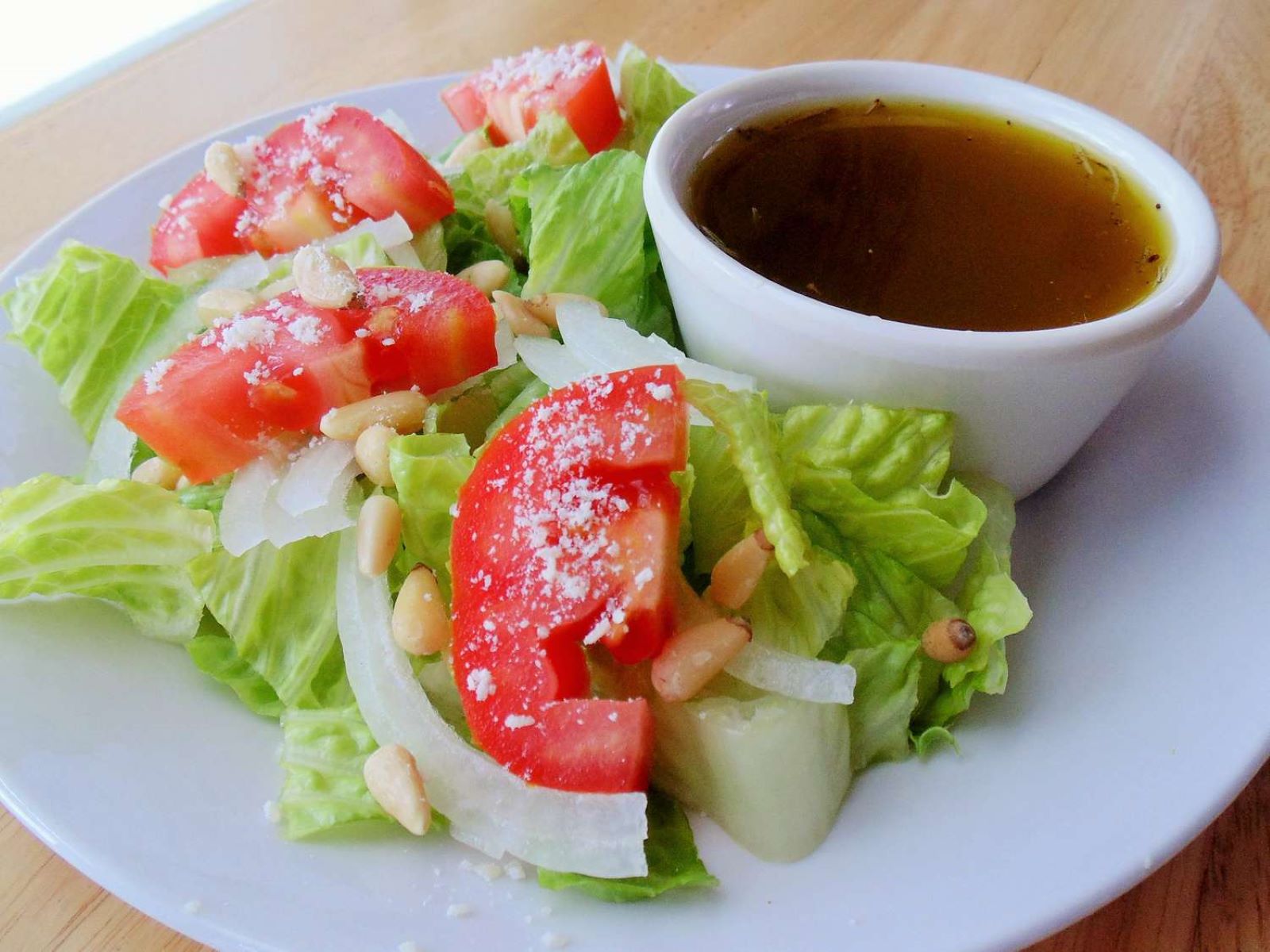
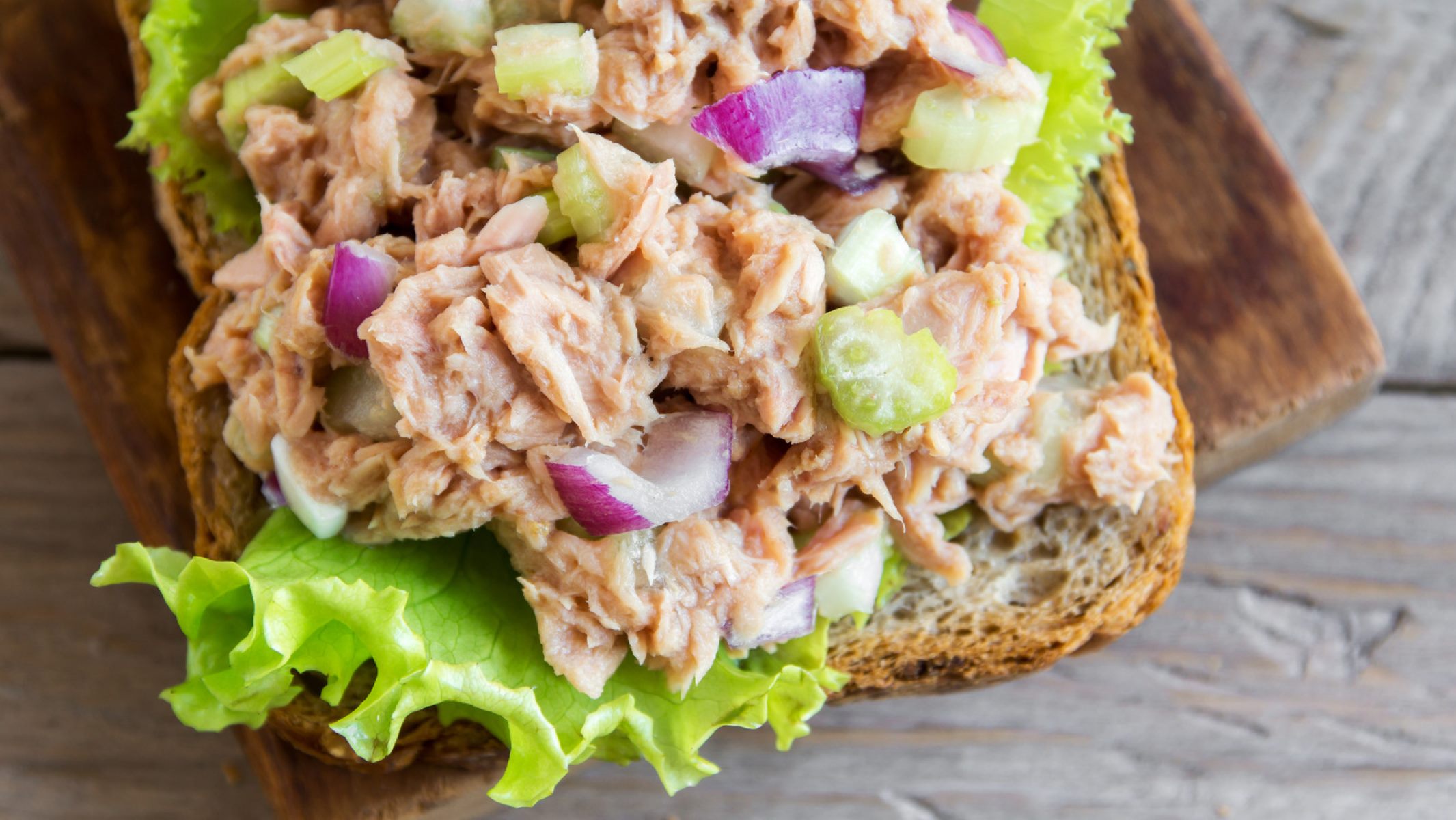


0 thoughts on “How Cold Does A Salad Bar Or Refrigerator Have To Be To Keep Food Safe”